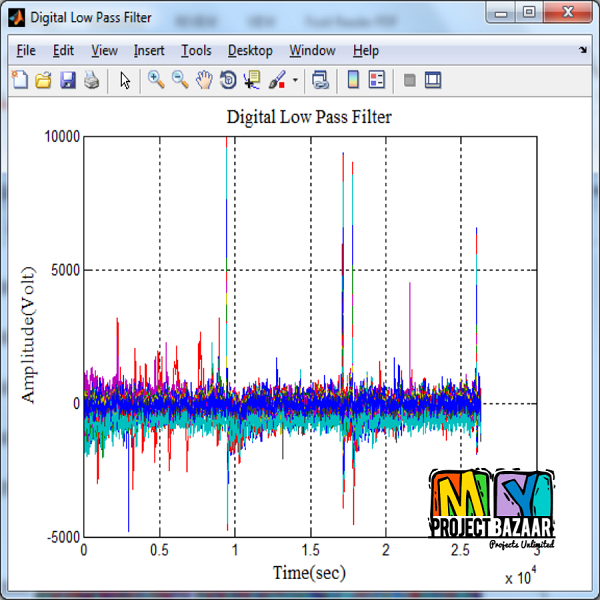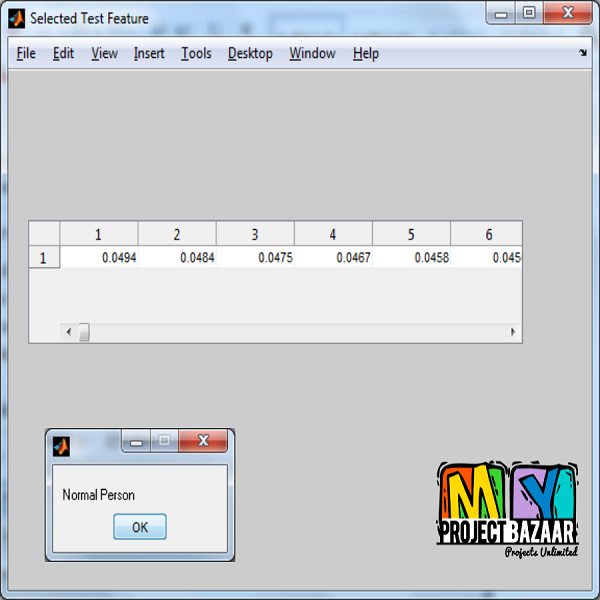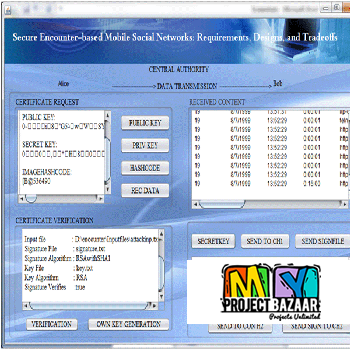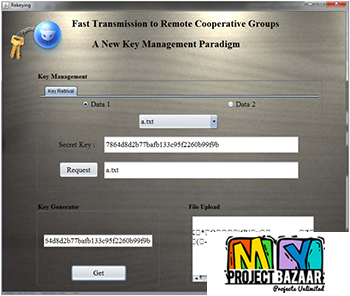
Automated diagnosis of normal and alcoholic EEG signals
Product Description
Automated diagnosis of normal and alcoholic EEG signals
Abstract— Electroencephalogram (EEG) signals, which record the electrical activity in the brain, are useful for assessing the mental state of a person. Since these signals are nonlinear and non-stationary in nature, it is very difficult to decipher the useful information from them using conventional statistical and frequency domain methods. Hence, the application of nonlinear time series analysis to EEG signals could be useful to study the dynamical nature and variability of the brain signals. In this paper, we propose a Computer Aided Diagnostic (CAD) technique for the automated identification of normal and alcoholic EEG signals using nonlinear features. We first extract nonlinear features such as Approximate Entropy (ApEn), Largest Lyapunov Exponent (LLE), Sample Entropy (SampEn), and four other Higher Order Spectra (HOS) features, and then use them to train Support Vector Machine (SVM) classifier of varying kernel functions: 1st, 2nd, and 3rd order polynomials and a Radial basis function (RBF) kernel. Our results indicate that these nonlinear measures are good discriminators of normal and alcoholic EEG signals. The SVM classifier with a polynomial kernel of order 1 could distinguish the two classes with an accuracy of 91.7%, sensitivity of 90% and specificity of 93.3%. As a pre-analysis step, the EEG signals were tested for nonlinearity using surrogate data analysis and we found that there was a significant difference in the LLE measure of the actual data and the surrogate data. < final year projects >
Including Packages
Our Specialization
Support Service
Statistical Report

satisfied customers
3,589
Freelance projects
983
sales on Site
11,021
developers
175+Additional Information
| Domains | |
|---|---|
| Programming Language |
















